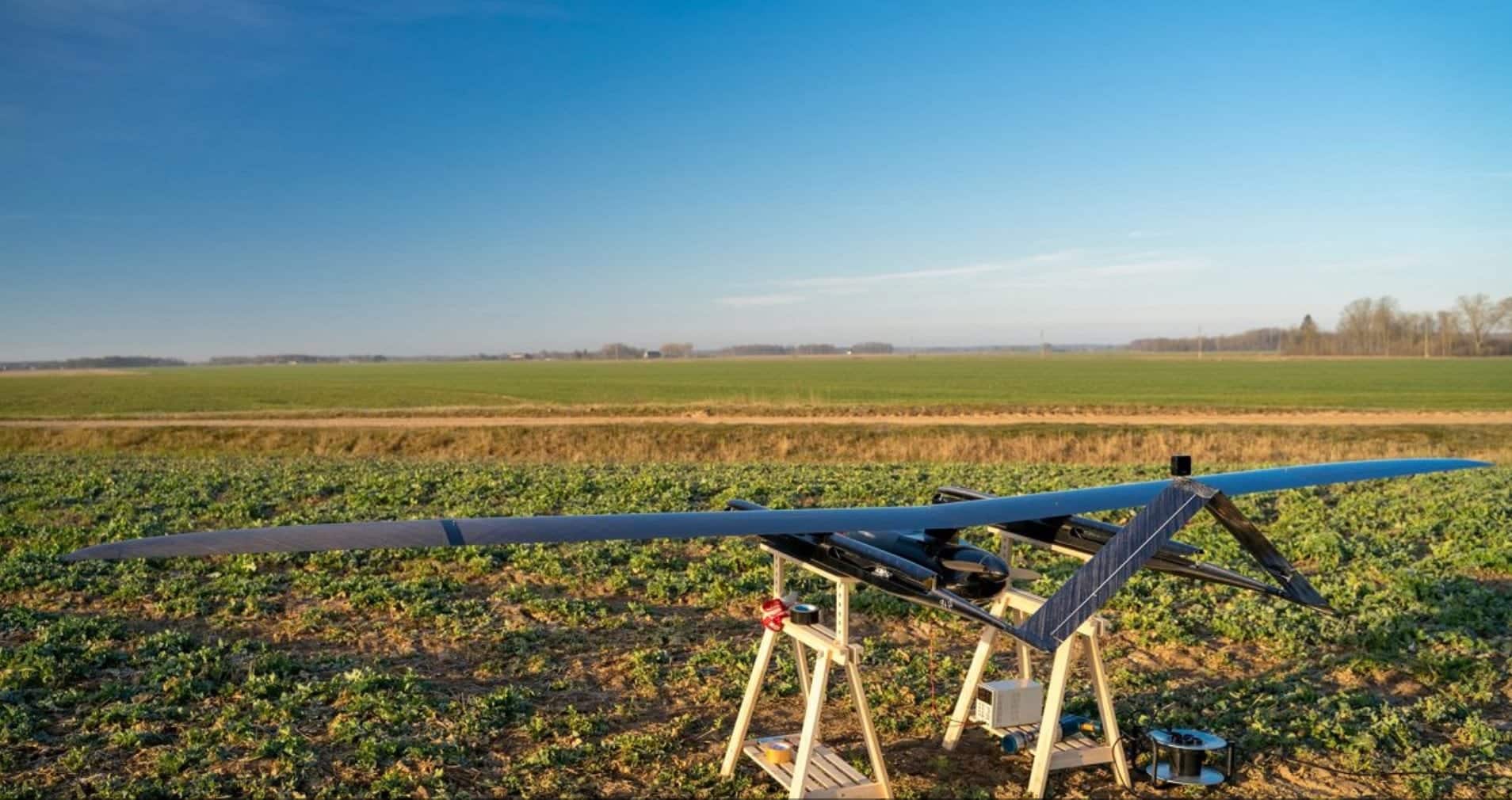In a decisive response to recent drone incursions at Riga International Airport, Latvian Prime Minister Evika Siliņa has mandated a comprehensive overhaul of the nation’s drone detection and countermeasure capabilities. The directive, issued following multiple airspace violations on January 13th, sets a February 5th deadline for the Ministry of Transport to present enhanced security protocols and technological solutions, reports BNN.
Strategic Response to Emerging Threats
The incidents at Riga International Airport highlight the growing challenges airports face from unauthorized drone operations. Three separate airspace restrictions were implemented on January 13th, each triggered by illegal drone activity within the airport’s restricted zones. This series of incidents has prompted a rapid reassessment of Latvia’s aviation security infrastructure.
Integration of Advanced Detection Systems
Prime Minister Siliņa revealed that the Ministry of Defence has already acquired new anti-air defense systems and is developing advanced drone detection capabilities. The initiative emphasizes the integration of multiple security layers, combining traditional aviation security with modern drone technology countermeasures.
“All systems installed by the state in Latvia should be compatible with each other,” Siliņa stated, emphasizing the need for seamless coordination between air defense, object identification, and interdiction capabilities across multiple agencies.
Regulatory and Operational Framework
The comprehensive Review encompasses a thorough assessment of current response protocols and their effectiveness, alongside a detailed evaluation of official responsibilities and accountability. Officials are tasked with developing immediate countermeasure implementations while simultaneously creating sustainable long-term security solutions. A key focus remains on the integration of cross-ministry security systems to ensure comprehensive coverage and response capabilities.
Geopolitical Context and Security Implications
Latvia’s position as a frontline NATO state adds significant weight to these security measures. “We cannot wait for Europe – we are the first to be affected by various threats,” Siliņa emphasized, highlighting Latvia’s three-year experience with heightened geopolitical tensions.
The government has initiated a multi-agency approach, bringing together representatives from the Ministries of Transport and Interior, state security institutions, and aviation industry stakeholders to develop a coordinated response strategy.
Future Implementation and Industry Impact
The directive specifically tasks Riga International Airport, Latvian Air Traffic, and the Civil Aviation Agency with developing enhanced operational protocols. These measures will likely influence drone industry regulations and legal frameworks across the Baltic region.
Latvia’s aggressive timeline for implementing advanced counter-drone measures reflects the growing recognition of unauthorized drone operations as a significant threat to aviation security. This development could accelerate the adoption of integrated drone detection and countermeasure systems at airports globally, potentially establishing new standards for aviation security infrastructure.
The incident underscores the critical need for airports worldwide to evolve beyond traditional security measures and embrace comprehensive counter-drone capabilities. Latvia’s response may serve as a template for other nations facing similar challenges in protecting critical aviation infrastructure from emerging drone-related threats.
Discover more from DroneXL.co
Subscribe to get the latest posts sent to your email.
